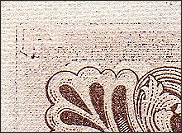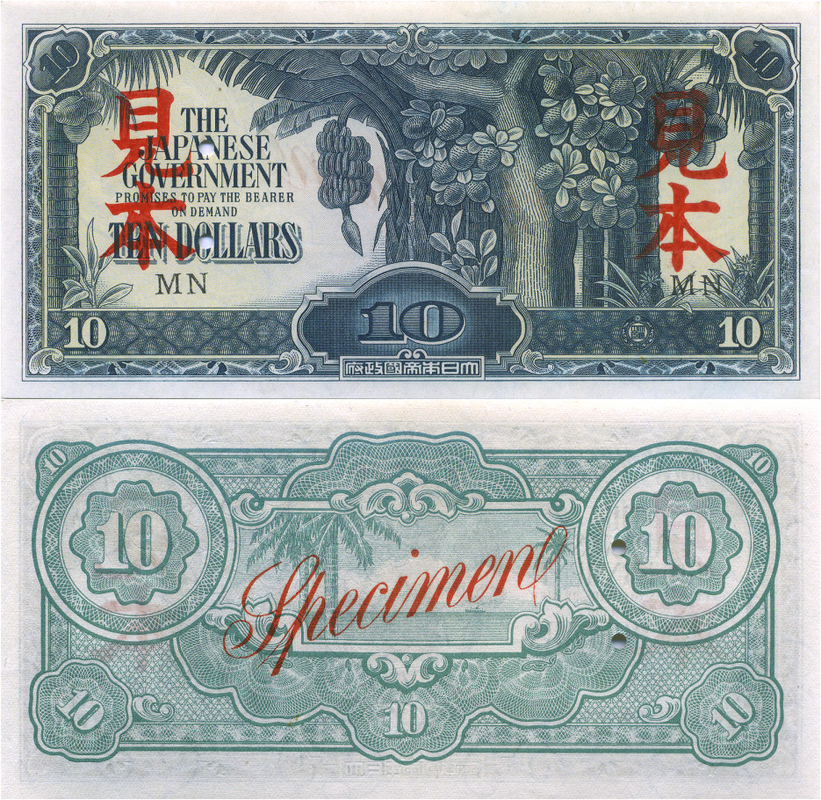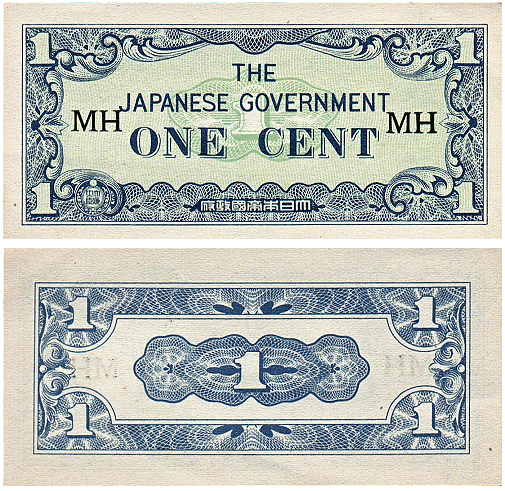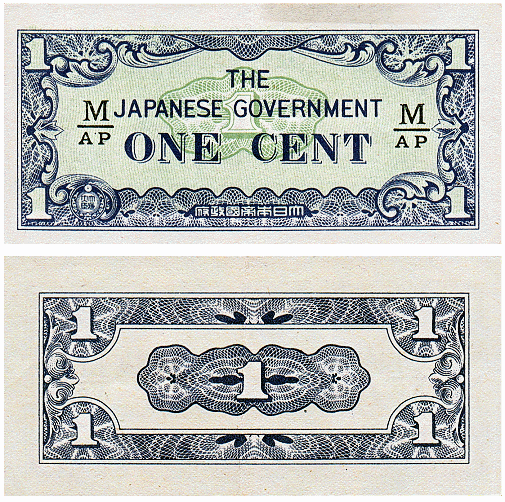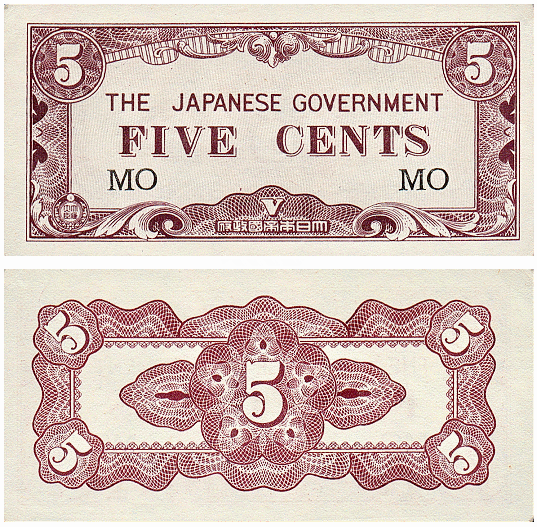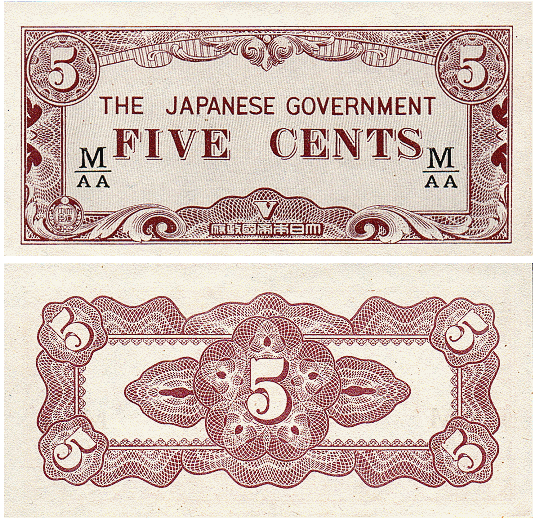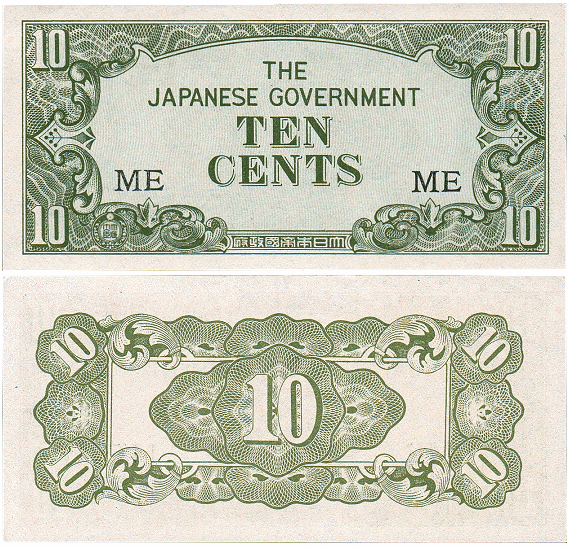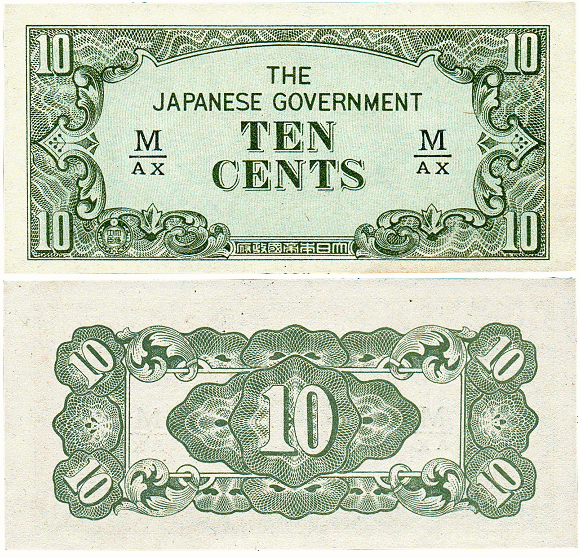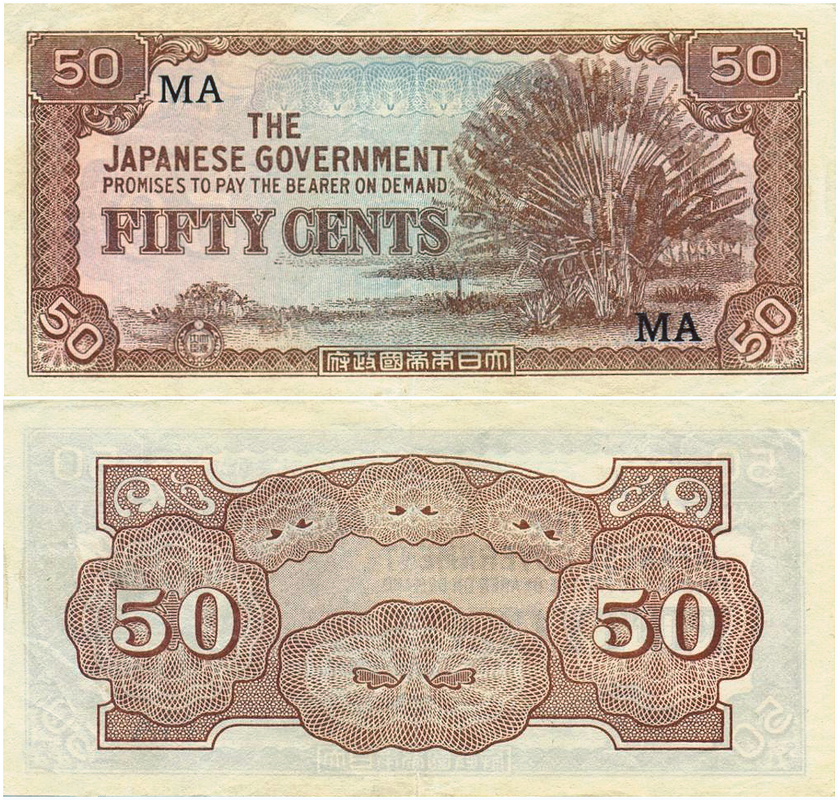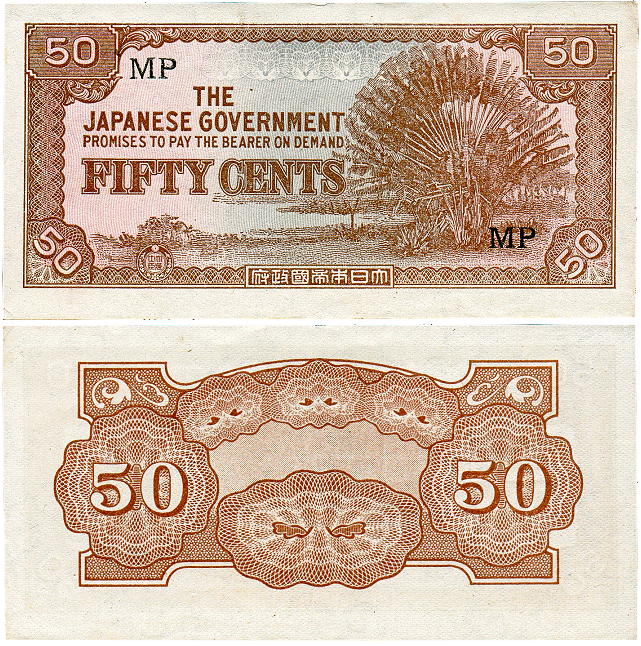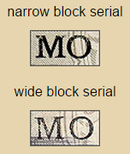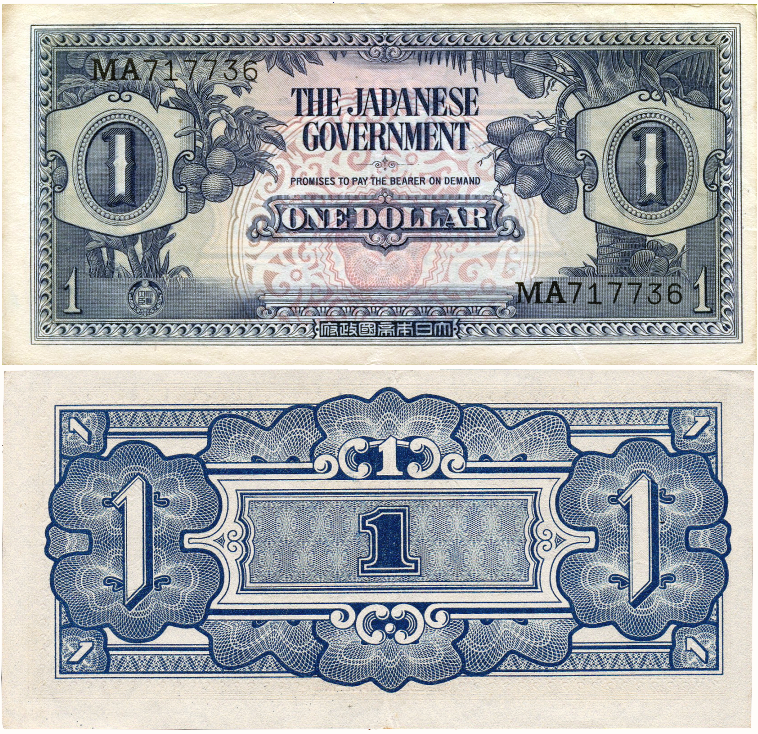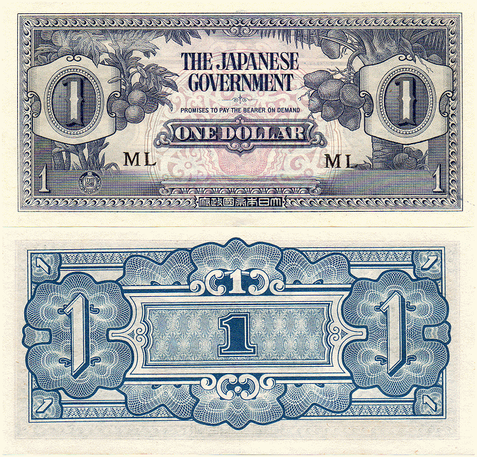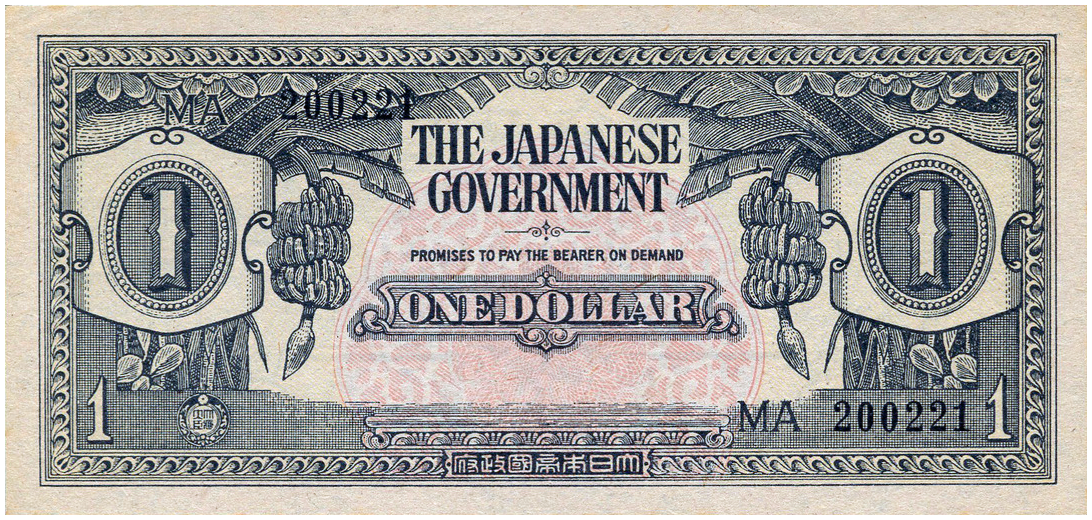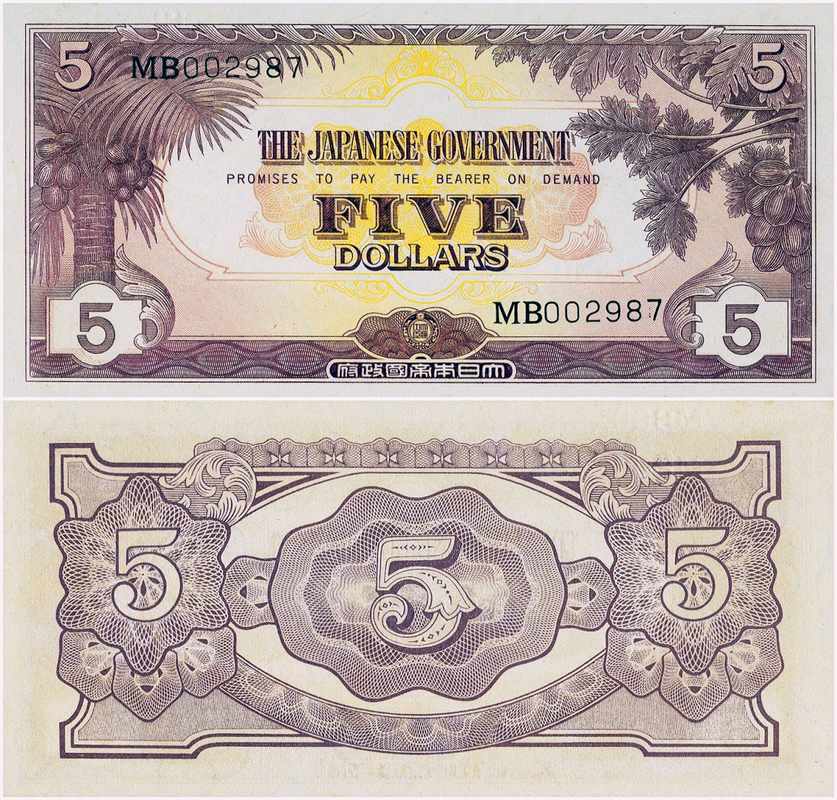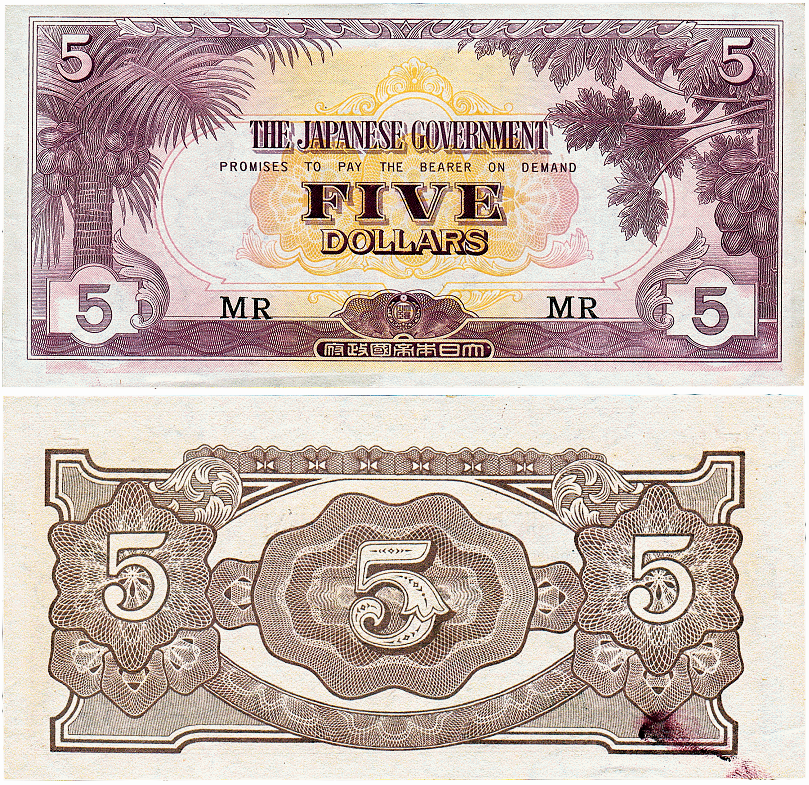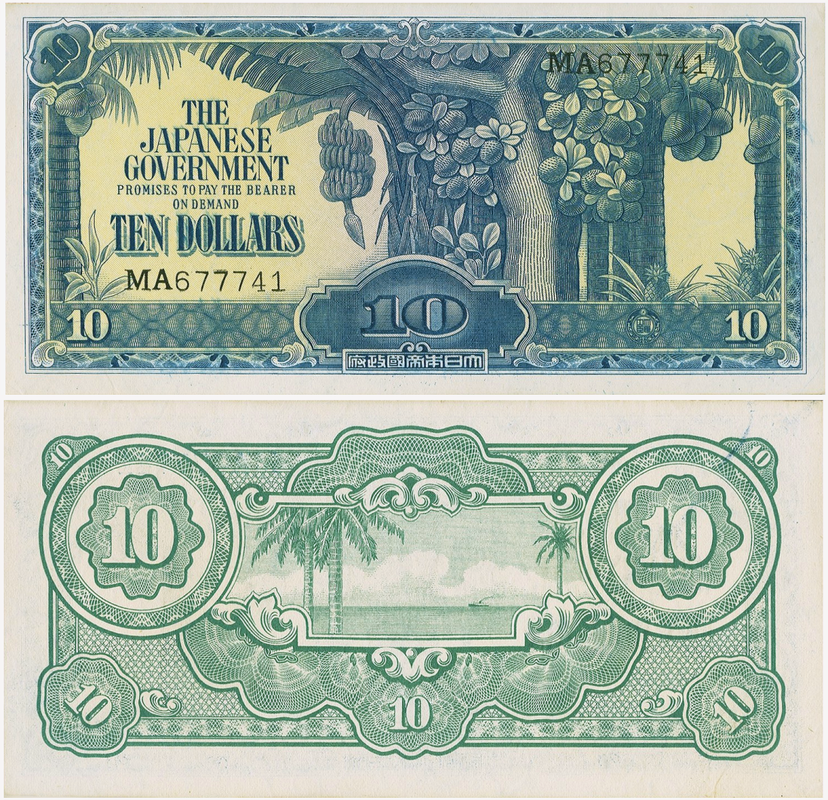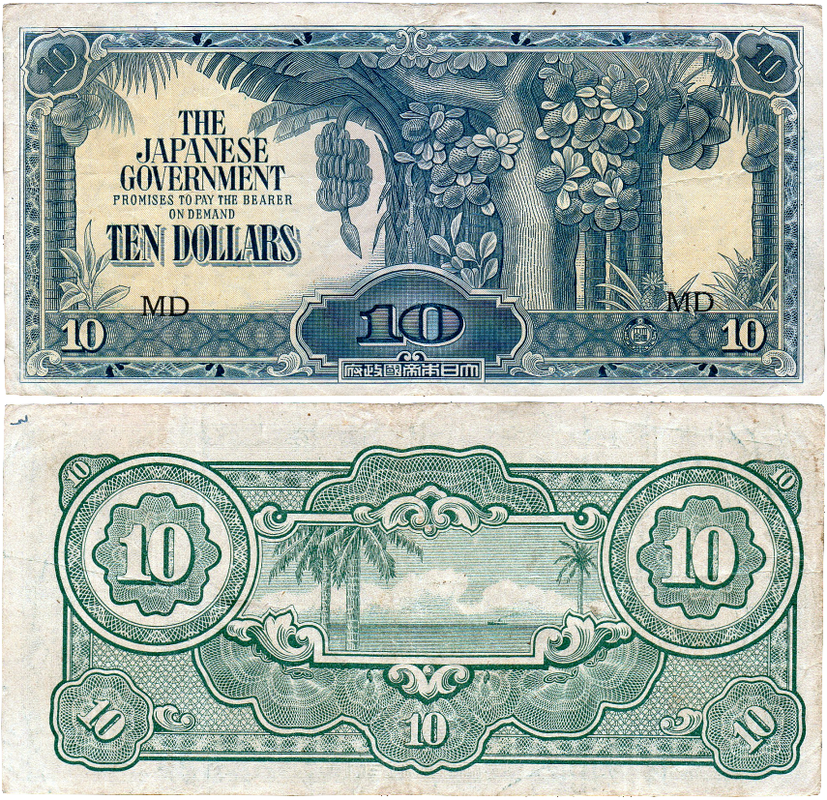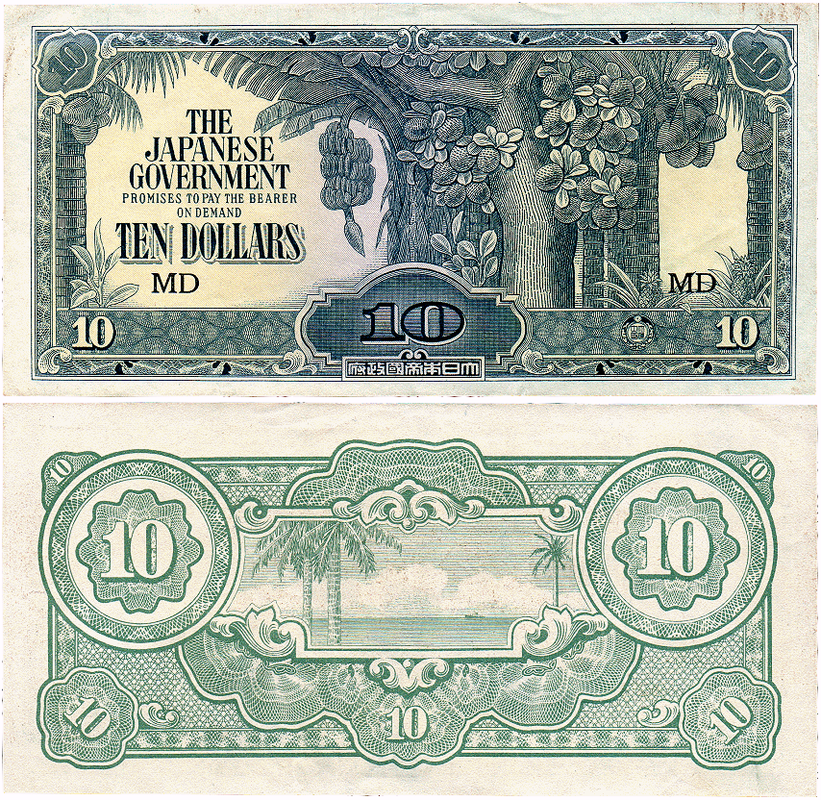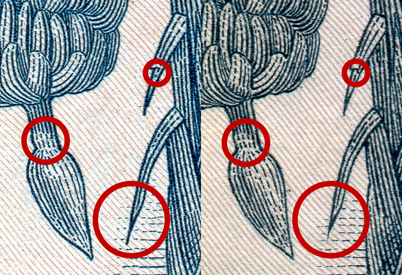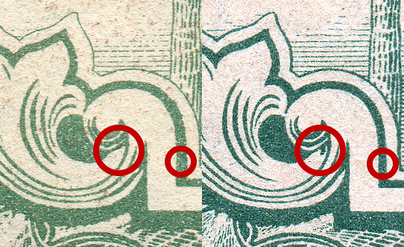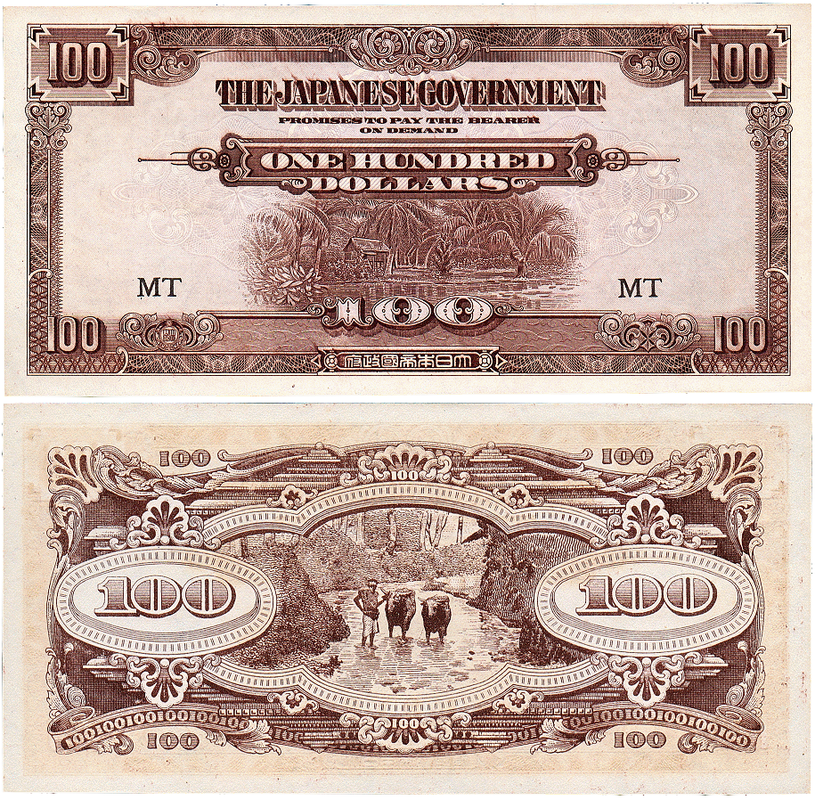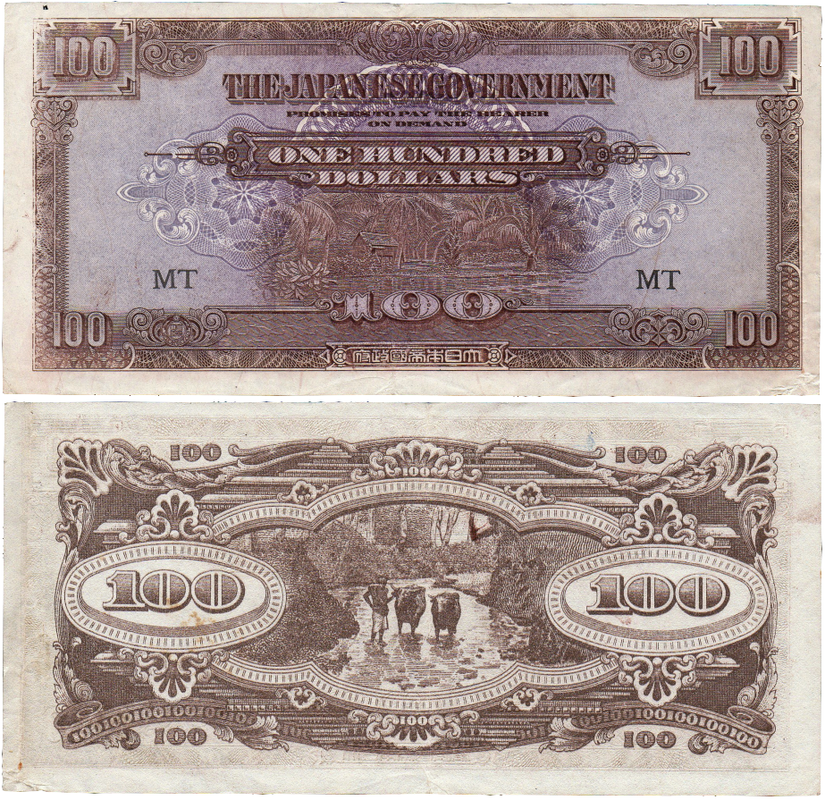The Japanese Occupation of 'M' Malaya
|
Updated, August 29 2016 |
The Japanese Empire commenced the Pacific War with the invasion of Kota Bahru in Kelantan on 8 December 1941 at 00:25, about 90 minutes before the attack on Pearl Harbour in Hawaii at 07:48 on 7 December Hawaii time, or 01:48 on 8 December Malayan time. They followed by invading the island of Borneo in mid December 1941, landing on the west coast near Miri in Sarawak; the invasion was completed by 23 January 1942 when the Japanese landed at Balikpapan in Dutch Borneo on the east coast. During the occupation an estimated 100,000 people were killed.
Through this period a guerrilla resistance force battled the Japanese from the jungles of Malaya. Groups such as the Malayan People's Anti-Japanese Army (MPAJA) and Force 136 were involved in the bulk of anti-Japanese resistance during the occupation.
The war in North Borneo ended with the official surrender of the Japanese 37th Army by Lieutenant General Baba Masao on Labuan on 10 September 1945.
The currency was referred informally (and with more than a trace of contempt) as banana money (Malay: duit pisang), named as such because of the motifs of banana trees on 10 dollar banknotes. Though commonly stated as having commenced in 1942, some sources indicate that the earliest notes were printed and issued from 1941 (Australia War Museum).
To supply the authorities with money whenever they required it, they simply printed more notes. During 1944-45 this resulted in hyperinflation and a severe depreciation in value of the banana note. At least $4,000 million more was printed during this period, and levels of circulating notes reached 30 times that of before the occupation. Moreover, counterfeiting was rampant due to its lack of a serial number on many notes. Increasing inflation coupled with Allied disruption of Japan's economy forced the Japanese administration to issue banknotes of larger denominations and increase the amount of money in circulation. Sharp drops in the currency's value and increased price of goods frequently occurred following a Japanese defeat in battle abroad.
(sources: The Japanese Occupation of Malaya: A Social and Economic History By Paul H. Kratoska, P 213)
Through this period a guerrilla resistance force battled the Japanese from the jungles of Malaya. Groups such as the Malayan People's Anti-Japanese Army (MPAJA) and Force 136 were involved in the bulk of anti-Japanese resistance during the occupation.
The war in North Borneo ended with the official surrender of the Japanese 37th Army by Lieutenant General Baba Masao on Labuan on 10 September 1945.
The currency was referred informally (and with more than a trace of contempt) as banana money (Malay: duit pisang), named as such because of the motifs of banana trees on 10 dollar banknotes. Though commonly stated as having commenced in 1942, some sources indicate that the earliest notes were printed and issued from 1941 (Australia War Museum).
To supply the authorities with money whenever they required it, they simply printed more notes. During 1944-45 this resulted in hyperinflation and a severe depreciation in value of the banana note. At least $4,000 million more was printed during this period, and levels of circulating notes reached 30 times that of before the occupation. Moreover, counterfeiting was rampant due to its lack of a serial number on many notes. Increasing inflation coupled with Allied disruption of Japan's economy forced the Japanese administration to issue banknotes of larger denominations and increase the amount of money in circulation. Sharp drops in the currency's value and increased price of goods frequently occurred following a Japanese defeat in battle abroad.
(sources: The Japanese Occupation of Malaya: A Social and Economic History By Paul H. Kratoska, P 213)
The Money
|
1 Cent
Undated (known to have been issued from 1941). Three of these notes (3 cents) would have bought an egg in December 1941. By 1945 it would have cost 3500 of these notes ($35). By that date of course, only the $10, $100 and new $1000 notes were still being issued. Blue on green. (front) text and amount. (back) numerical amount and patterned borders. Printer: Japanese Government Type 1 (SCWPM M1a) Block serial: MA-MZ (left) Type 2 (SCWPM M1b) Fractional serial: from M/AA to M/DB. M/DM. (right) Two plate widths known. Type 3 Specimen |
|
5 Cents
Undated (known to have been issued from 1941). Brown on grey. (front) text and amount. (back) numerical amount and patterned borders. Printer: Japanese Government Type 1 (SCWPM M2a) Block serial: MA-MZ (left) Type 2 (SCWPM M2b) Fractional serial: from M/AA to M/AZ (M/AH unknown). M/BA-M/BB, M/BG, M/BJ, M/BL-M/BQ. (right) Two plate widths known. Type 3 Specimen |
|
10 Cents
Undated (known to have been issued from 1941). Green on light blue/green. (front) text and amount. (back) numerical amount and patterned borders. Printer: Japanese Government Type 1 (SCWPM M3a) Block serial: MA-MZ (left) Type 2 (SCWPM M3b) Fractional serial: from M/AA to M/CG, M/CI-M/CL, M/CN-M/CP. M/CX. (right) Two plate widths known. Type 3 Specimen |
|
50 Cents
Undated (known to have been issued from 1941). Colour tone varieties and two paper types known (plain or woven paper). Brown. (front) fan palm at right. (back) numerical amount and patterned borders. Watermark: quatrefoil kiri flower (type 2 only) Printer: Japanese Government Type 1 (SCWPM M4a) Block serial: MA-MB. No watermark. (upper right) Type 2 (SCWPM M4b) Block serial: from MC to MT (lower right) With watermark. Type 3 Specimen Type 4 Allied forgery |
|
5 Dollars
Undated (known to have been issued from 1942). Two paper types known (plain or woven paper). Lilac on orange. (front) Coconut palm tree at left, paw-paw tree at right. (back) numerical amount and patterned borders. Watermark: quatrefoil kiri flower Printer: Japanese Government Type 1 (SCWPM M6a) Serial number with block: MA-MB. The first serial digit of MB stops at '3'. Subsequent MB notes are issued without serial numbers (Type 2). Watermark? (right) Type 2 (SCWPM M6b) Scarcer Block serial: from MB-MJ, MO, MP With watermark. Type 3 (SCWPM M6c) Block serial: MK, MR. With watermark. (right) Printing errors are common on all Japanese occupation notes. The example note displays a less common error; a fingerprint left by the printer on the back of the note. Type 4 Specimen Type 5 Allied forgery Other: these are sometimes found with 'Malayan War Souvenir, V-J, Grim memories of 1941-1945' overprints. See the Overprints, fakes and related oddities section for more details. |
|
10 Dollars
Undated (known to have been issued from 1942). Two paper types known (plain or woven paper). At the top right of the front design, a pale strip can be discerned on all issues of this note, which is a remnant from when these notes were marked with full serial numbers at the upper right and lower left. Blue-green on pink-yellow. (front) Coconut palm tree, banana plant, and paw-paw tree. (back) coastal scene from beach, with steam ship and palms. Watermark: quatrefoil kiri flower Printer: Japanese Government Type 1 (SCWPM M7a) Serial number with block: MA-MB (upper-right) Watermark? MB with serial is rare; the first digit on all known examples is zero. Type 2 (SCWPM M7b) Block serial: from MB-MP. Vertical sides to letters. MB to ME are scarcer. (lower right) With watermark. (Other) (SCWPM M7c) for slanted 'M' type see under 1944 (next page/section). Type 4 Specimen Type 5 Allied forgery: Forgeries known for most block serials of type 2. Example 'MD' (right) with close-ups. Both the US OSS (Office of Strategic Services) and the British are believed to have produced counterfeits of this note. The example detailed here is most likely the US version. Below (fig1): a close-up of the block serial showing that the forgery version letter 'M' is slightly shorter and has far thicker vertical lines. Fig1 Left: forgery Right: genuine
|
Below: (fig2 left) comparitive sections from the front showing that though the forgery is scaled and copied extremely accurately overall, there are a few small variations, such as with the length of lines (left and top circled areas) and with the positioning of the shadowing lines around the frond, and, the length of the tip of the frond (lower right circled area).
(fig3 right) comparative sections of the back showing the best known 'giveaway', the complete lack of a spur in the forgery example. The considerable difference in line thickness is also shown.
(fig3 right) comparative sections of the back showing the best known 'giveaway', the complete lack of a spur in the forgery example. The considerable difference in line thickness is also shown.
|
100 Dollars
Undated (seems to have been issued from 1943-44). Two paper types known (plain or woven paper). Brown. (front) jungle scene with hut. (back) farmer leading a pair of oxen along river bed. Watermark: quatrefoil kiri flower Printer: Japanese Government Type 1 (SCWPM M8a) Serial block: MT. Watermark (right). Some with woven paper (Krause P M8c) Type 2 (SCWPM M8x) Block serial: MT. Purple face - assumed error (lower right). On some notes - including the example used here - two or more feint (but slightly raised) wavy lines cross the front of the note vertically. One is discernible passing across the 'M' of the right 'MT' block. These are an artifact of the printing process. (Other) (SCWPM M8b) for slanted 'M' type see under 1944. Type 4 Specimen Type 5 Allied forgery? |
